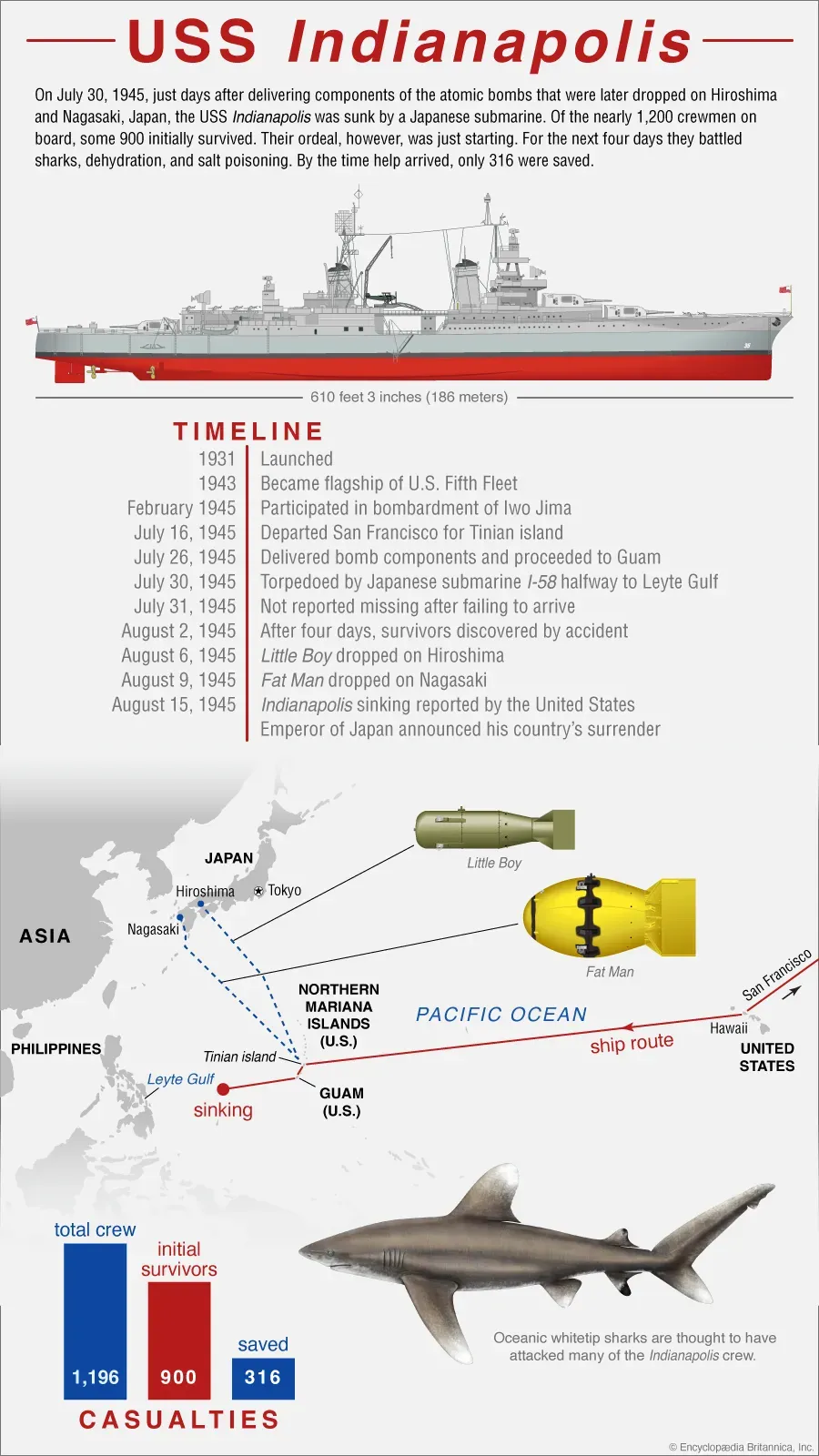Timeline of the Sinking of the USS
The USS ship's saga began with its construction and launch, marking a significant milestone in naval engineering. After years of service, it met its fate during a critical mission, encountering unforeseen challenges. Despite the crew's valiant efforts, the vessel succumbed to damage, leading to its eventual sinking. The event prompted immediate rescue operations, with surviving crew members recounting their harrowing experience. The sinking of the USS ship became a pivotal moment, influencing naval policies and safety measures for future missions.

Key Events Leading to the Sinking of the USS
The USS (United States Ship) has been a significant part of naval history, with many events marking its timeline. Understanding the ''timeline of the sinking of the USS'' provides insight into its operational history and the circumstances surrounding its demise. Below is a detailed timeline highlighting key events associated with the USS.
Timeline of Events
| Date | Event |
|---|---|
| 1941-12-07 | Attack on Pearl Harbor: The USS was present during the infamous attack that led the United States into World War II. |
| 1942-06-04 | Battle of Midway: The USS played a crucial role in this pivotal battle, showcasing the strength of the US Navy. |
| 1945-08-06 | Atomic Bombing of Hiroshima: The USS participated in operations that followed the atomic bombings, marking a significant turning point in the war. |
| 1945-09-02 | Formal Surrender of Japan: The USS was present during the signing ceremony that marked the end of World War II. |
| 1960s | Cold War Operations: The USS was involved in various operations during the Cold War, maintaining US naval presence around the globe. |
| 1970-05-15 | Sinking Incident: The USS faced a catastrophic event leading to its sinking, marking a tragic chapter in naval history. |
Factors Contributing to the Sinking of the USS
Several ''factors'' contributed to the ''sinking of the USS'', including technical failures, environmental conditions, and human error. Understanding these factors helps in learning from past mistakes and improving naval safety protocols.
Technical Failures
One of the primary causes of the sinking was ''technical failures'' within the ship. Maintenance issues and outdated technology played a significant role in the ship's vulnerability. The failure of critical systems meant that the USS was ill-prepared to respond effectively during a crisis.
Environmental Conditions
Adverse ''environmental conditions'' also exacerbated the situation. Poor weather visibility and rough seas made navigation difficult, contributing to the eventual sinking. Such conditions are a reminder of how vital environmental awareness is in naval operations.
Human Error
Human error cannot be discounted as a significant factor in the sinking of the USS. Decisions made by the crew under pressure may have led to miscalculations that resulted in the tragic event. Training and preparedness are essential to mitigate such risks in future operations.
Aftermath of the Sinking
The aftermath of the ''sinking of the USS'' led to extensive investigations and changes in naval protocols. Lessons learned from this tragedy have influenced naval strategy and safety measures, ensuring that such incidents are less likely to occur in the future.
Legacy of the USS
Despite its tragic end, the USS left behind a rich legacy. The ship's history and the events surrounding its sinking continue to be studied by naval historians and military strategists. The ''legacy of the USS'' serves as a reminder of the sacrifices made by those who serve in the navy and the importance of learning from history.
Conclusion
The ''timeline of the sinking of the USS'' encapsulates a critical period in naval history. By examining the events leading to its downfall, we gain valuable insights into the challenges faced by naval vessels and the importance of ongoing training and technology upgrades. The legacy of the USS lives on, reminding future generations of the valor and challenges of naval service.












